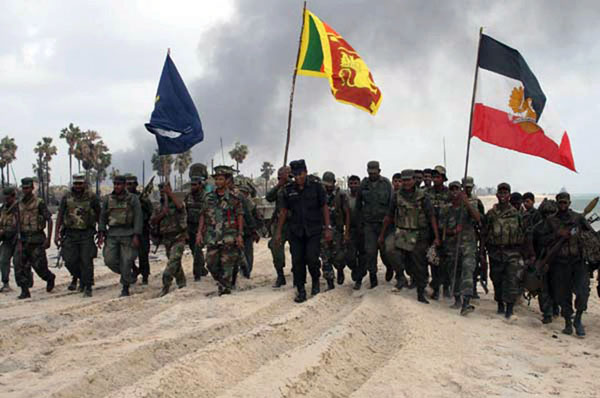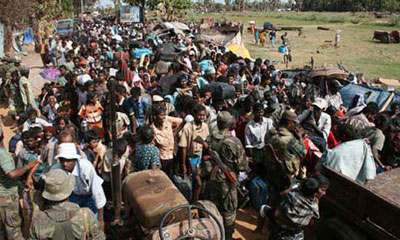08 Mar 2013 - {{hitsCtrl.values.hits}}
.jpg) Sri Lanka is very much in the news these days as events unfold at the United Nations Human Rights Council (UNHRC) in Geneva. The focus is on the final phase of the war between the Armed forces of Sri Lanka and the Liberation Tigers of Tamil Eelam (LTTE). The avowed objective is eliciting the truth about what had exactly happened in that critical period.
Sri Lanka is very much in the news these days as events unfold at the United Nations Human Rights Council (UNHRC) in Geneva. The focus is on the final phase of the war between the Armed forces of Sri Lanka and the Liberation Tigers of Tamil Eelam (LTTE). The avowed objective is eliciting the truth about what had exactly happened in that critical period.
 FOUR FACTORS
FOUR FACTORS
17 Nov 2024 11 minute ago
16 Nov 2024 5 hours ago
16 Nov 2024 6 hours ago
16 Nov 2024 6 hours ago
16 Nov 2024 7 hours ago